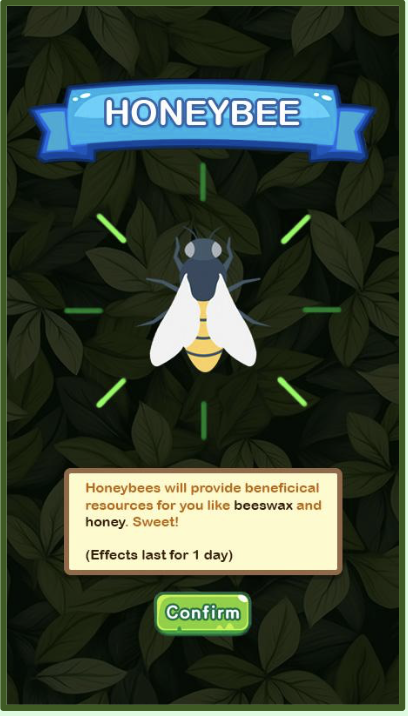

Tanbii is an eco-conscious game designed to engage users with sustainability themes through interactive gameplay and educational elements. The game aims to promote environmental awareness by encouraging players to participate in activities like planting and nurturing trees, managing natural resources, and fostering biodiversity within the game’s virtual ecosystem.
During my internship at Tanbii, I contributed to three key areas: asset and interface design, market research, and advertisement trigger development. My role involved combining creative design with strategic research to enhance user engagement and align the gameplay with the company’s mission of fostering ecological awareness.
Through iterative design processes and weekly feedback from supervisors, I worked on creating dynamic in-game assets, analyzing competitors and investor trends to inform growth strategies, and developing non-intrusive ad trigger designs to balance monetization with user experience. These projects were interconnected by the overarching goal of enhancing Tanbii’s gameplay and expanding its reach as an eco-focused game.
Client
Class Project - Design for Behavior and Experience in Healthcare
Team
Tara Farzin
Isaac Koentopp
Bradley Diep
Date
Jun 2024 -
Sep 2024
Tools
Procreate
Adobe Illustrator
Adobe Photoshop
Figma
My Contribution
1
2
3
Creating assets and gameplay mechanics that enhance
user immersion while reinforcing Tanbii's eco-friendly themes.
We designed tree assets and animations that visually reflected seasonal changes, such as blooming flowers in spring, vibrant leaves in autumn, and snow-covered branches in winter. Each season introduced unique environmental characteristics, creating a more immersive and visually engaging gameplay experience. These seasonal visuals not only enhanced the game’s aesthetic but also reinforced the connection between natural cycles and ecological themes. One of my ideas was to introduce a location services feature, giving players the option to enable or disable location-based functionality while playing the game. Allowing for location services would allow the game's weather status to reflect the real-world weather conditions specific to each player's location.
We developed assets and effects for dynamic weather events, including both positive and negative scenarios. Positive events, like sunny days in summer, boosted tree growth rates and resource yields, while negative events, such as droughts or storms, introduced challenges like tree dehydration and pest infestations. Designed animations, such as swaying leaves, rainfall, and snowflakes, to bring these events to life. These mechanics added complexity to the gameplay, encouraging players to adapt their strategies and engage more deeply with the game’s environmental themes.

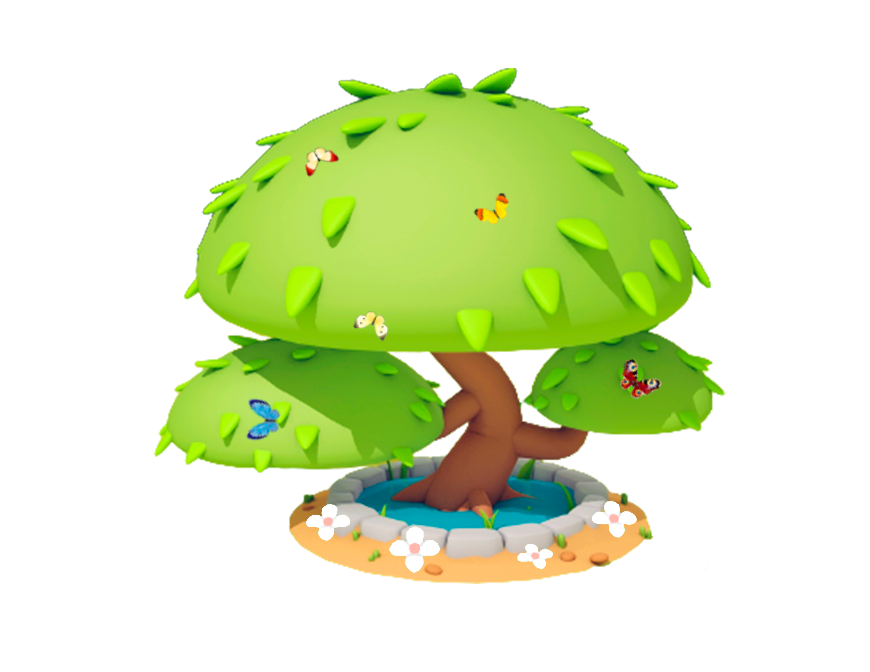
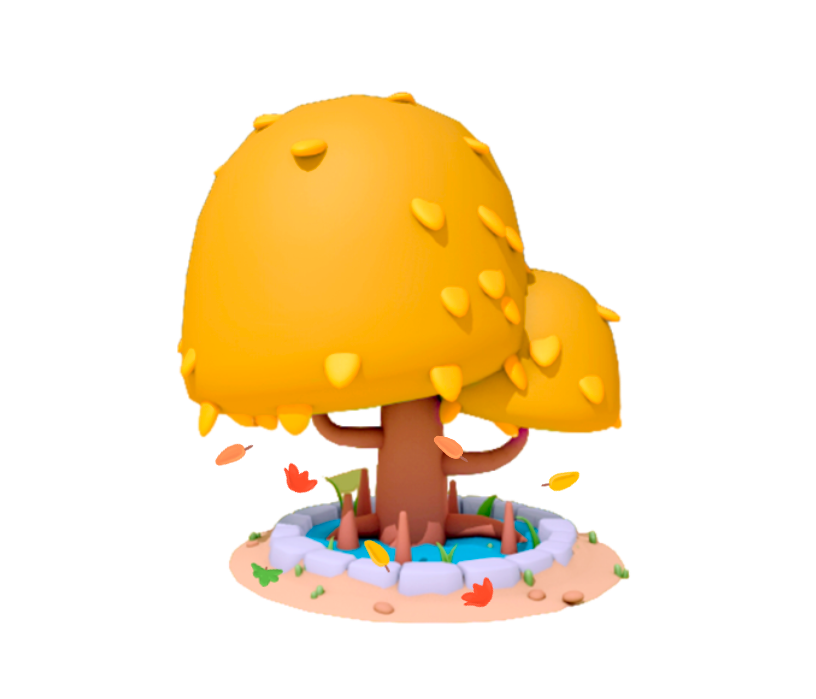
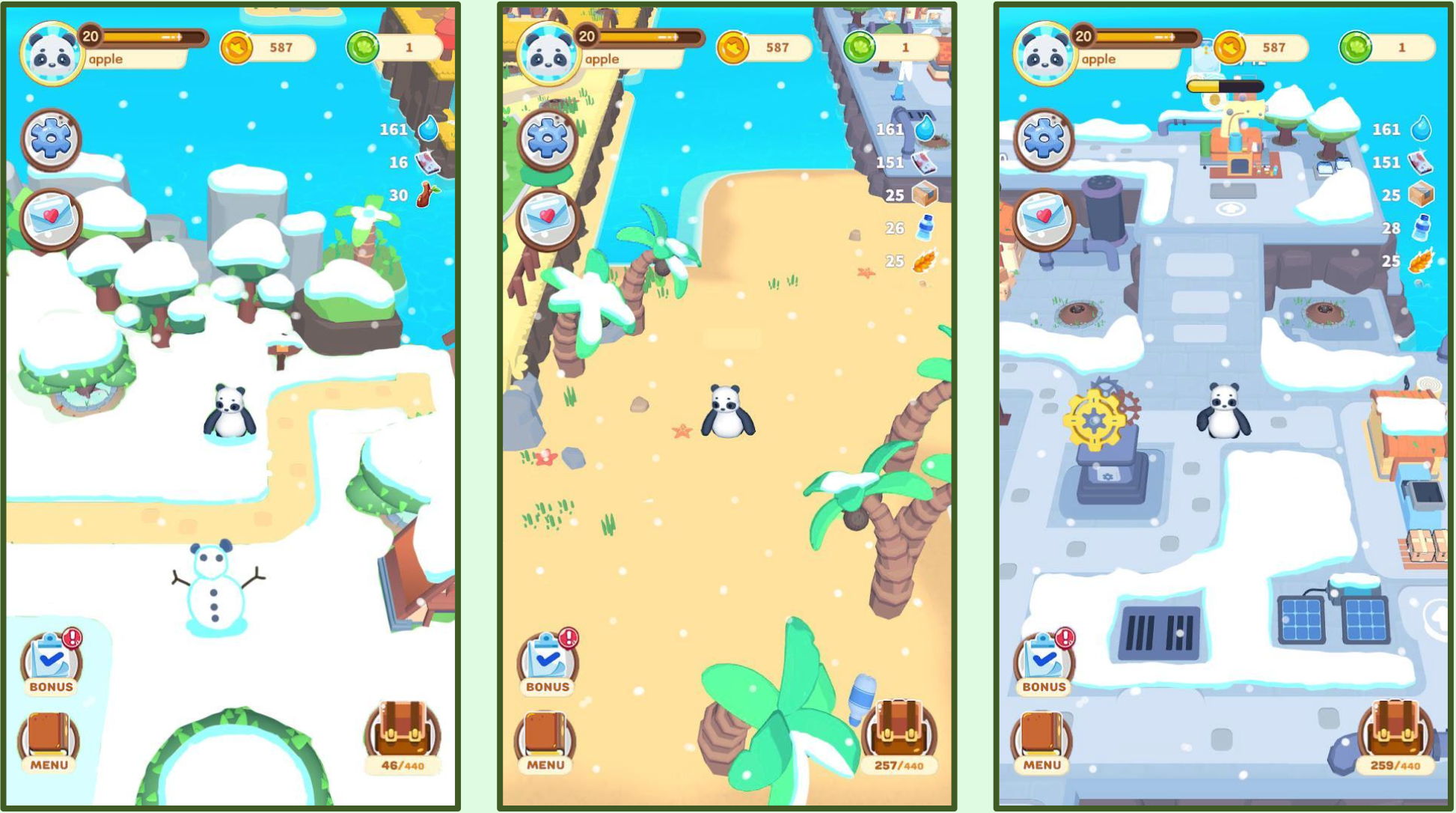
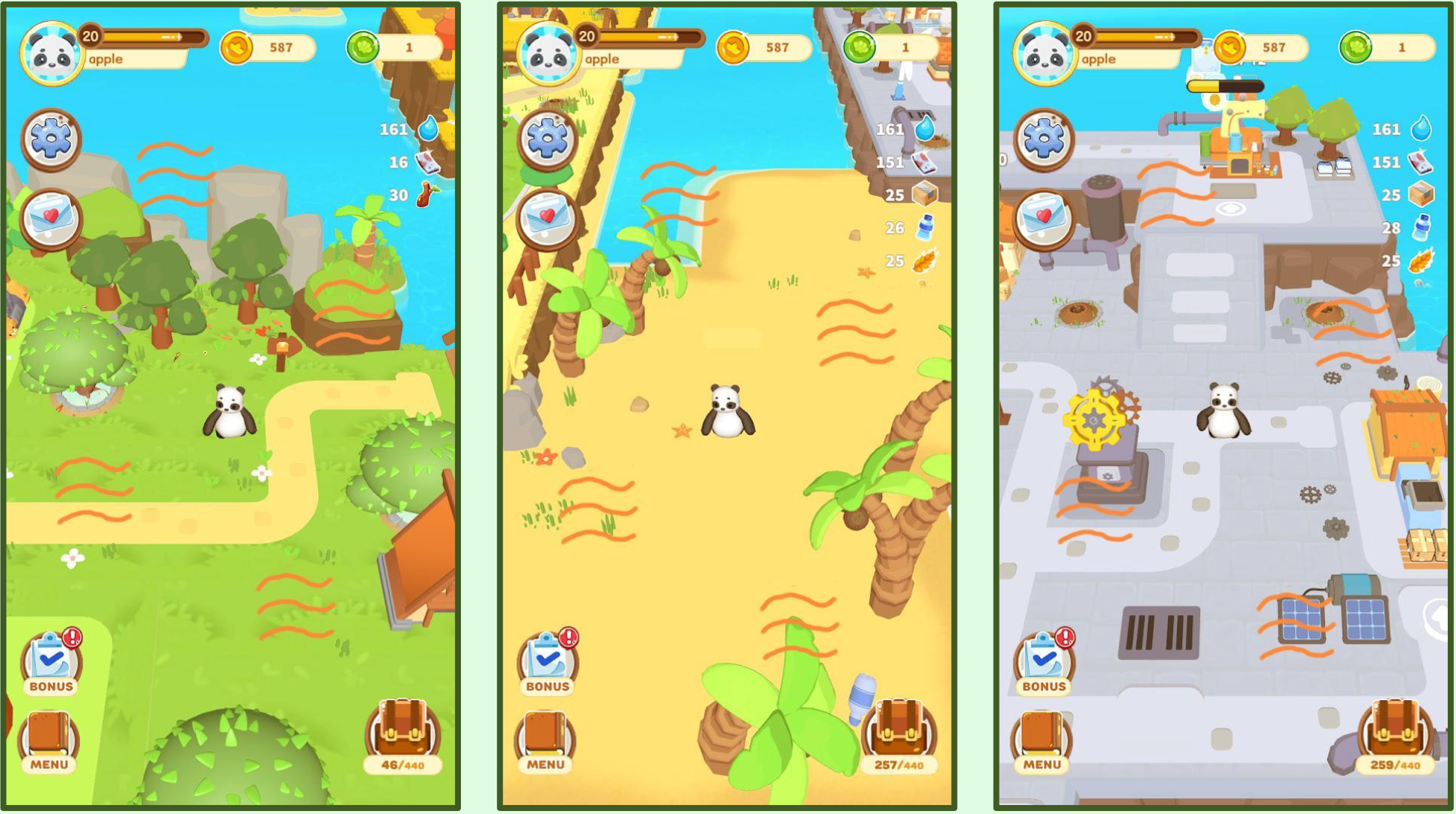
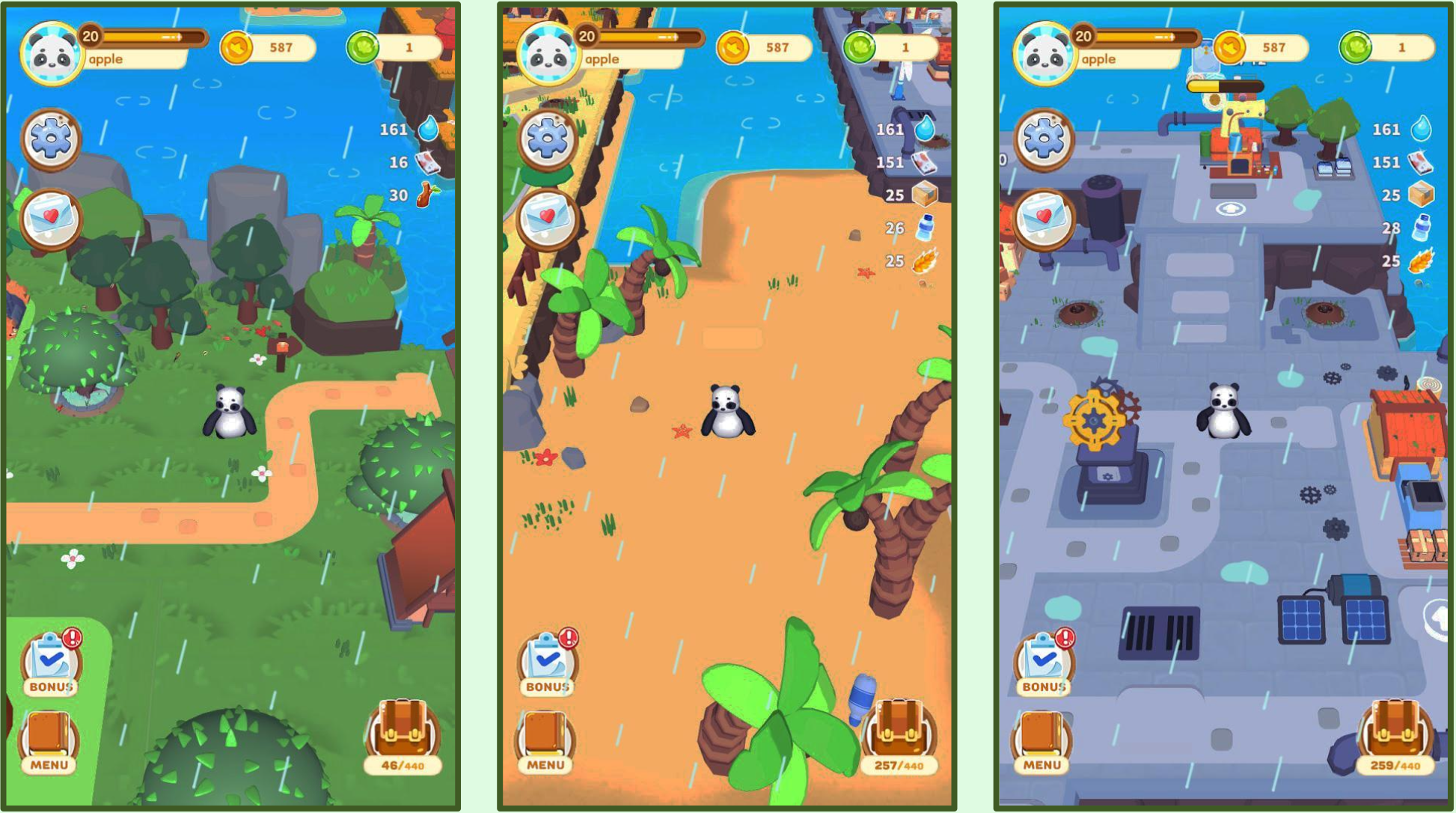
I created and ideated assets for habitat clusters, where groups of trees of the same species (e.g., willow, fruit, or pine trees) form natural habitats. These habitats attract specific wildlife, emphasizing the importance of biodiversity and tree diversity in gameplay. Designed visual elements for each habitat type, ensuring they were distinct and seamlessly integrated into the game’s ecosystem.
I also designed companion animals (e.g., squirrels, rabbits, foxes) that players could interact with and adopt after creating habitats. Developed unique visuals for each animal and their “favorite treats,” fostering emotional connections between players and companions. Designed animations for the companions, including following players and providing gameplay assistance, to enhance engagement and personalization.
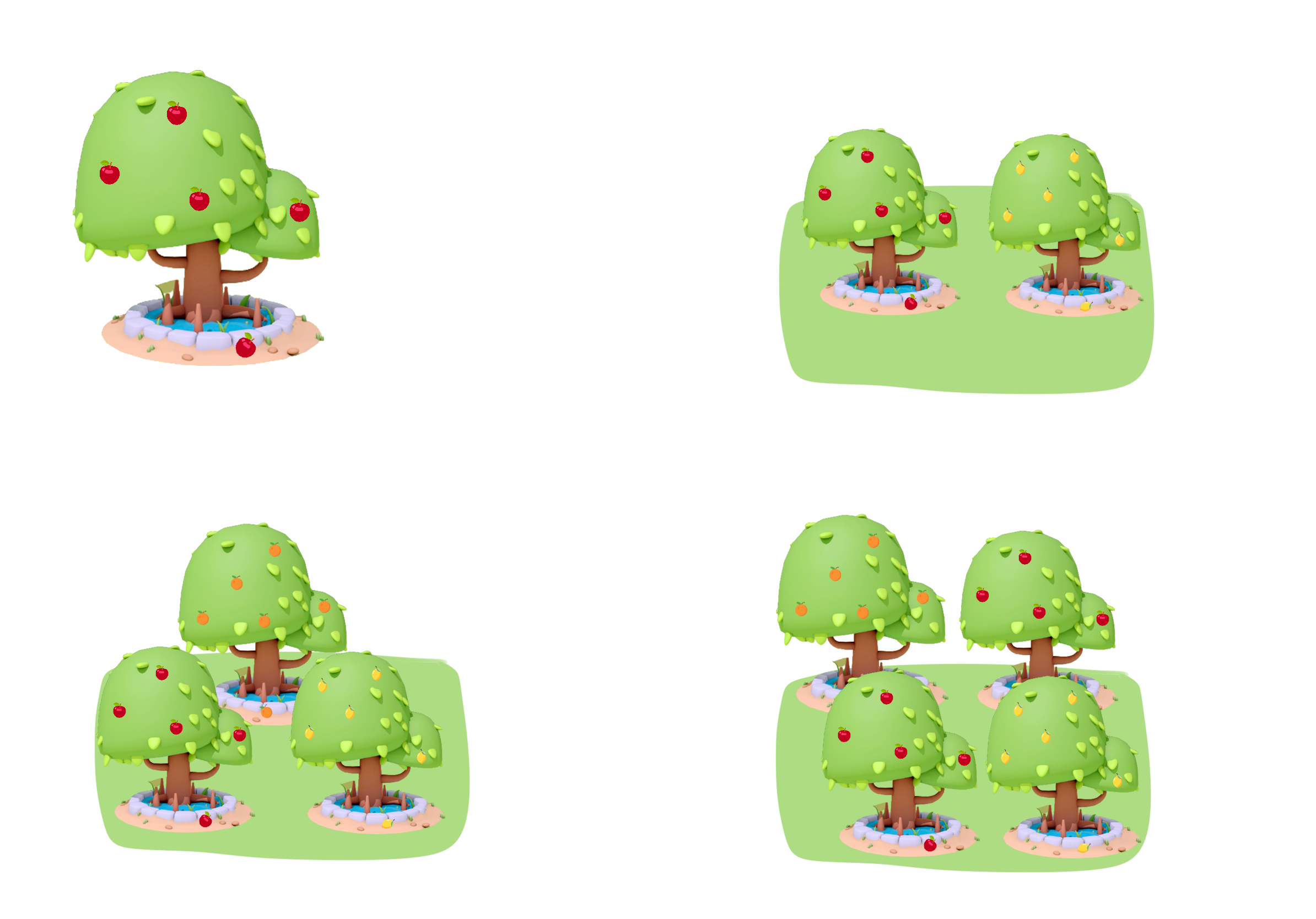
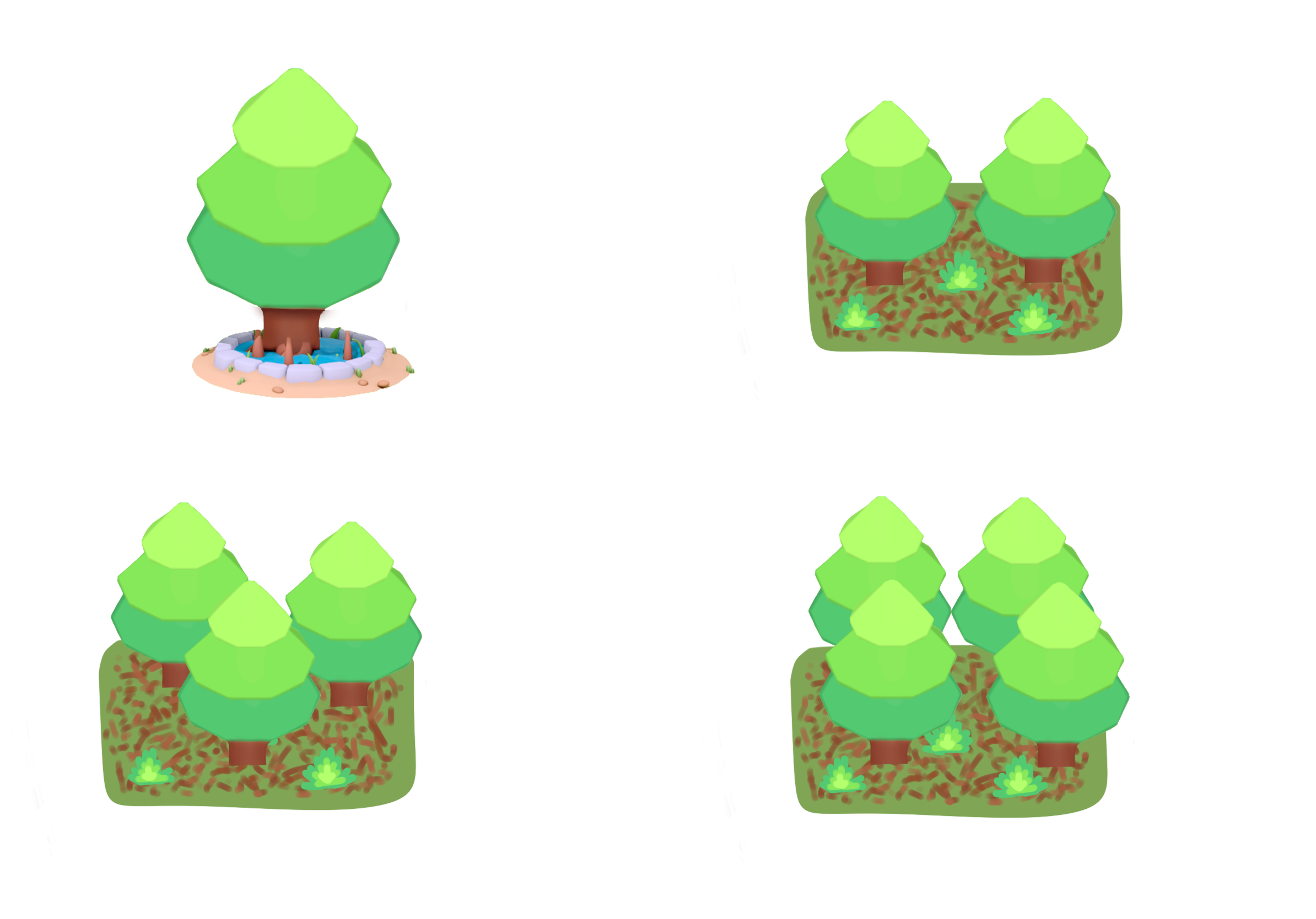

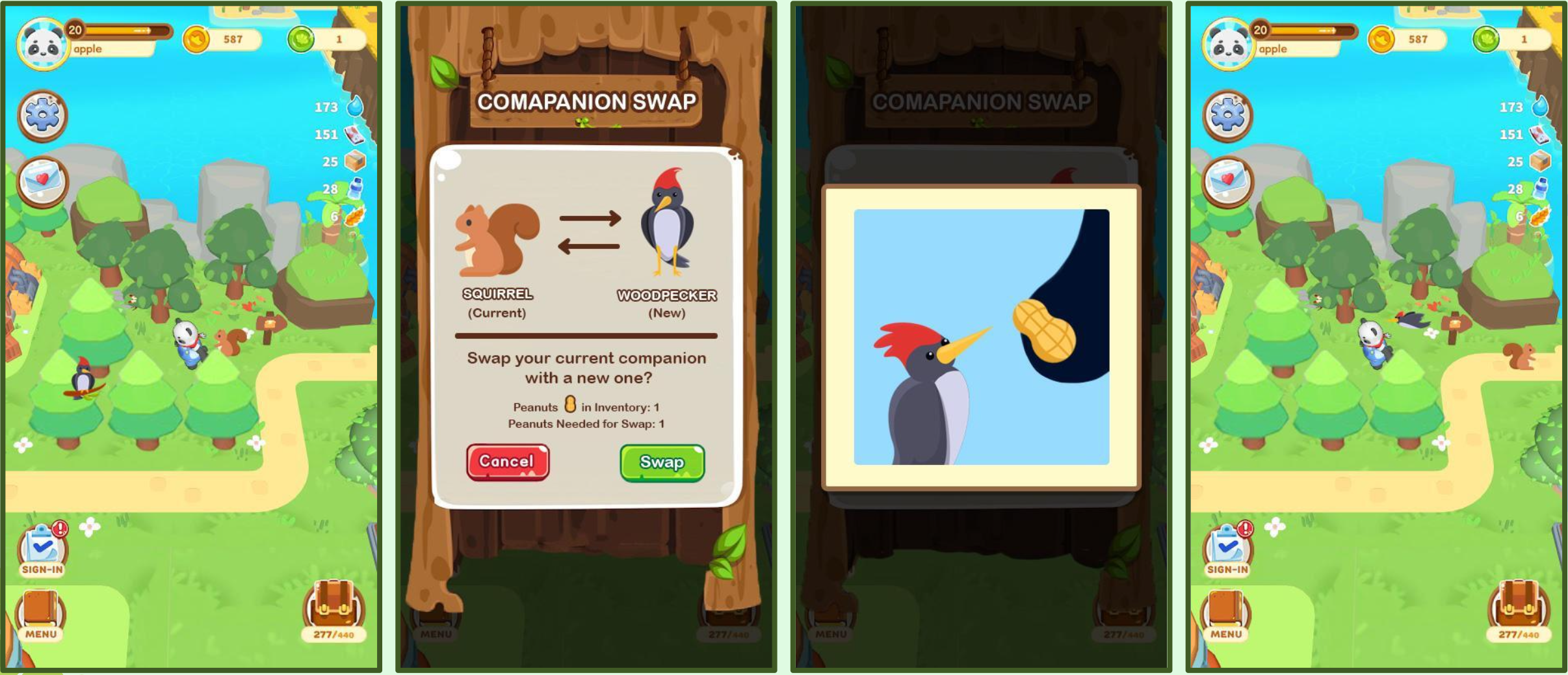
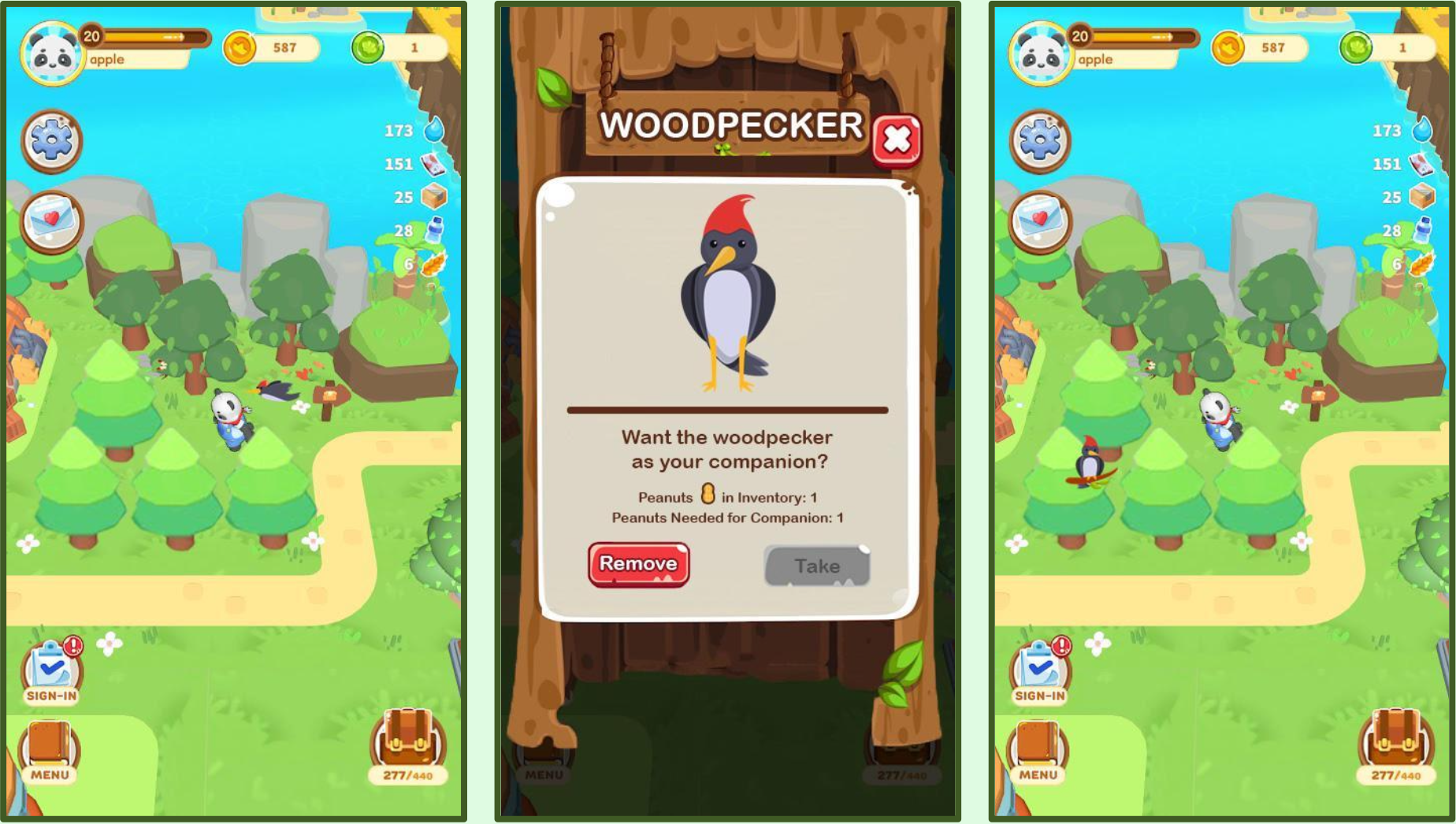
We created detailed visual representations of pest infestations, such as termites and locusts, to highlight the ecological challenges trees face. Designed animations for affected trees and their gradual recovery after the application of fertilizers or repellents, providing players with satisfying visual feedback. These assets emphasized the importance of resource management and ecological balance within the game’s ecosystem.
Developed assets for a crafting system that allowed players to create fertilizers and bug repellents using collected in-game resources. Players had to collect items around the island that would correspond to ingredients of bug repellent or plant fertilizer, such as eucalyptus for eucalyptus oil or bananas for potassium, respectively. Each resource was visually distinct, ensuring players could easily identify and manage their inventory. These crafting systems added strategic depth to the gameplay by encouraging players to gather and combine resources to maintain their trees’ health and growth.
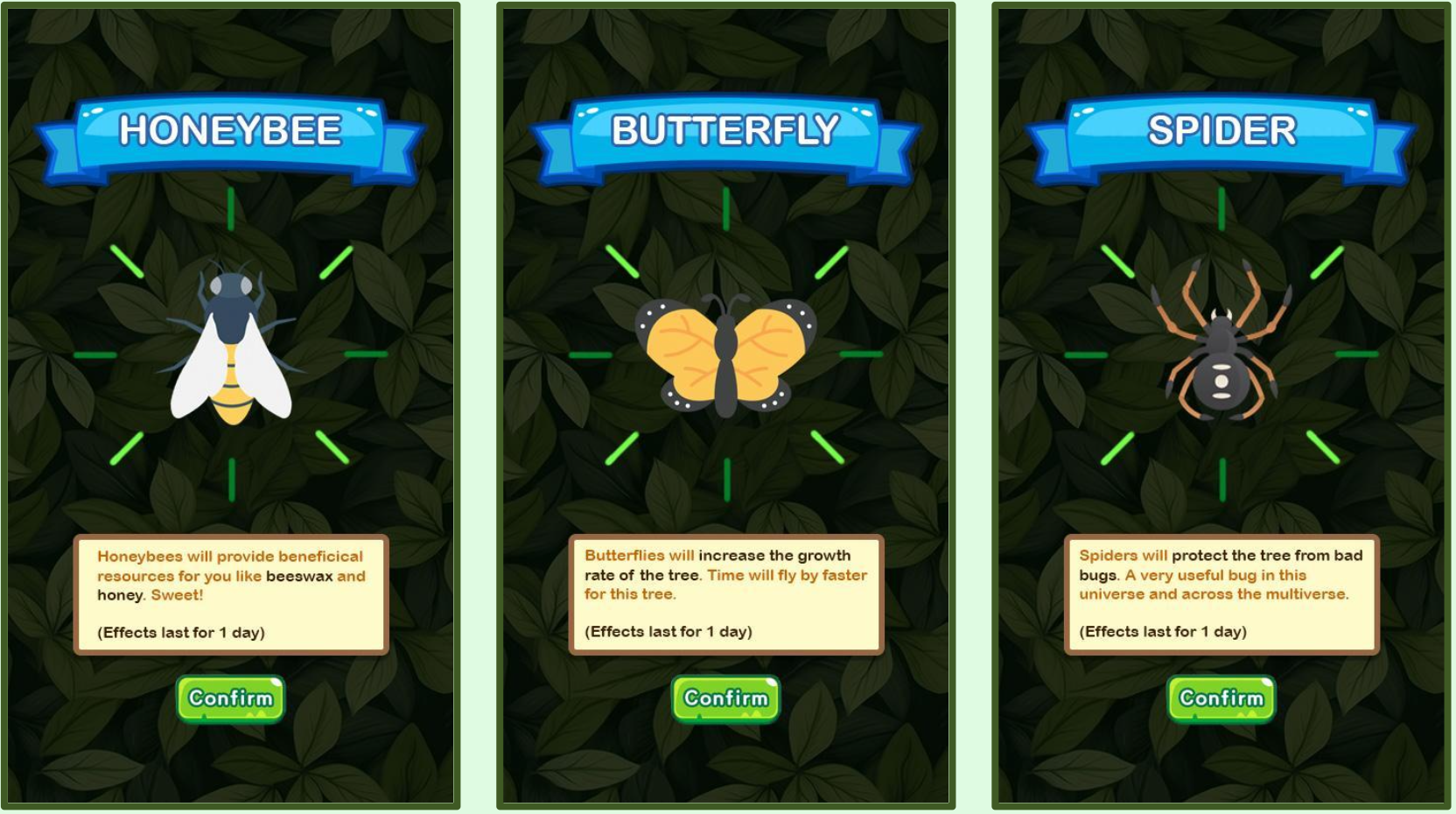
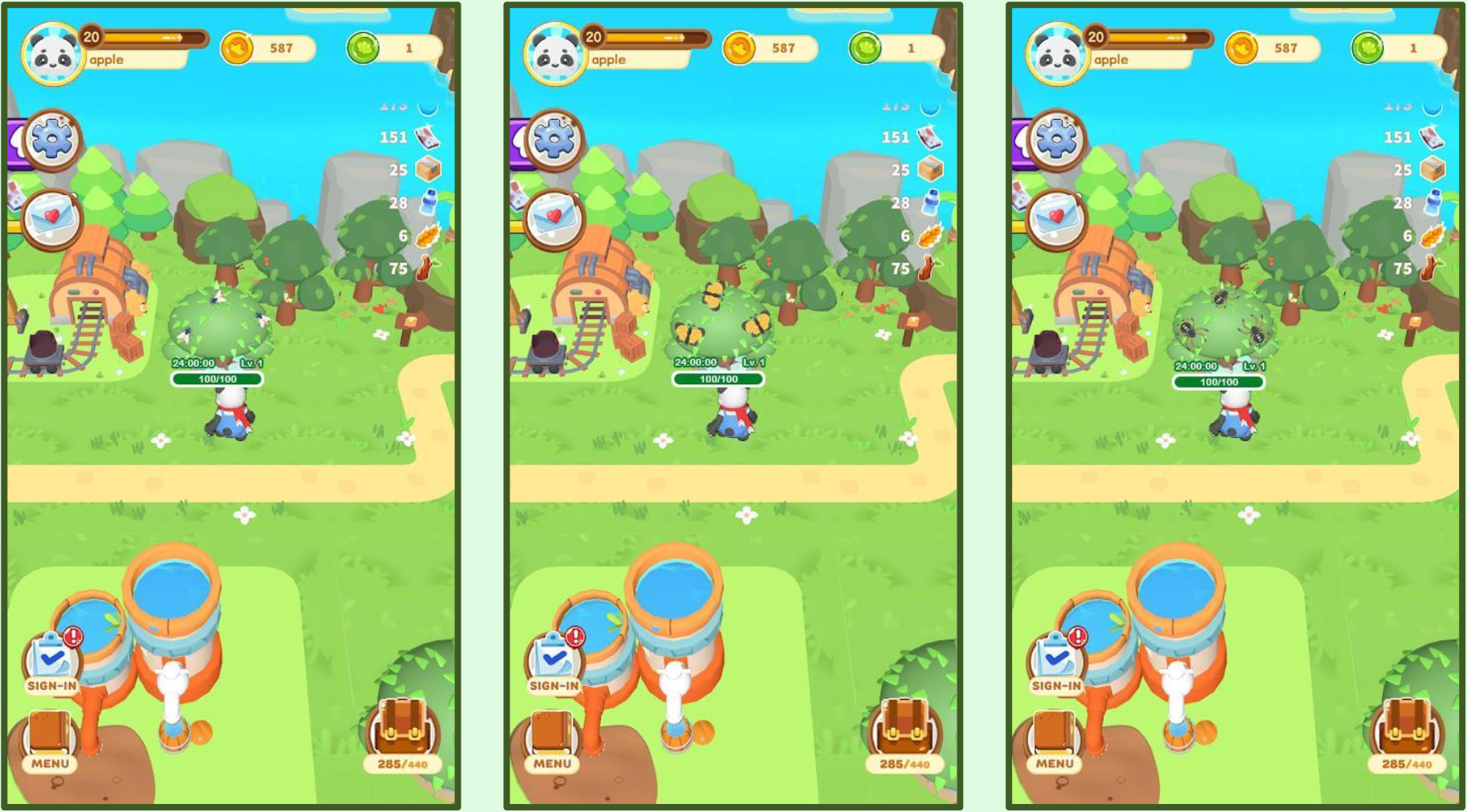
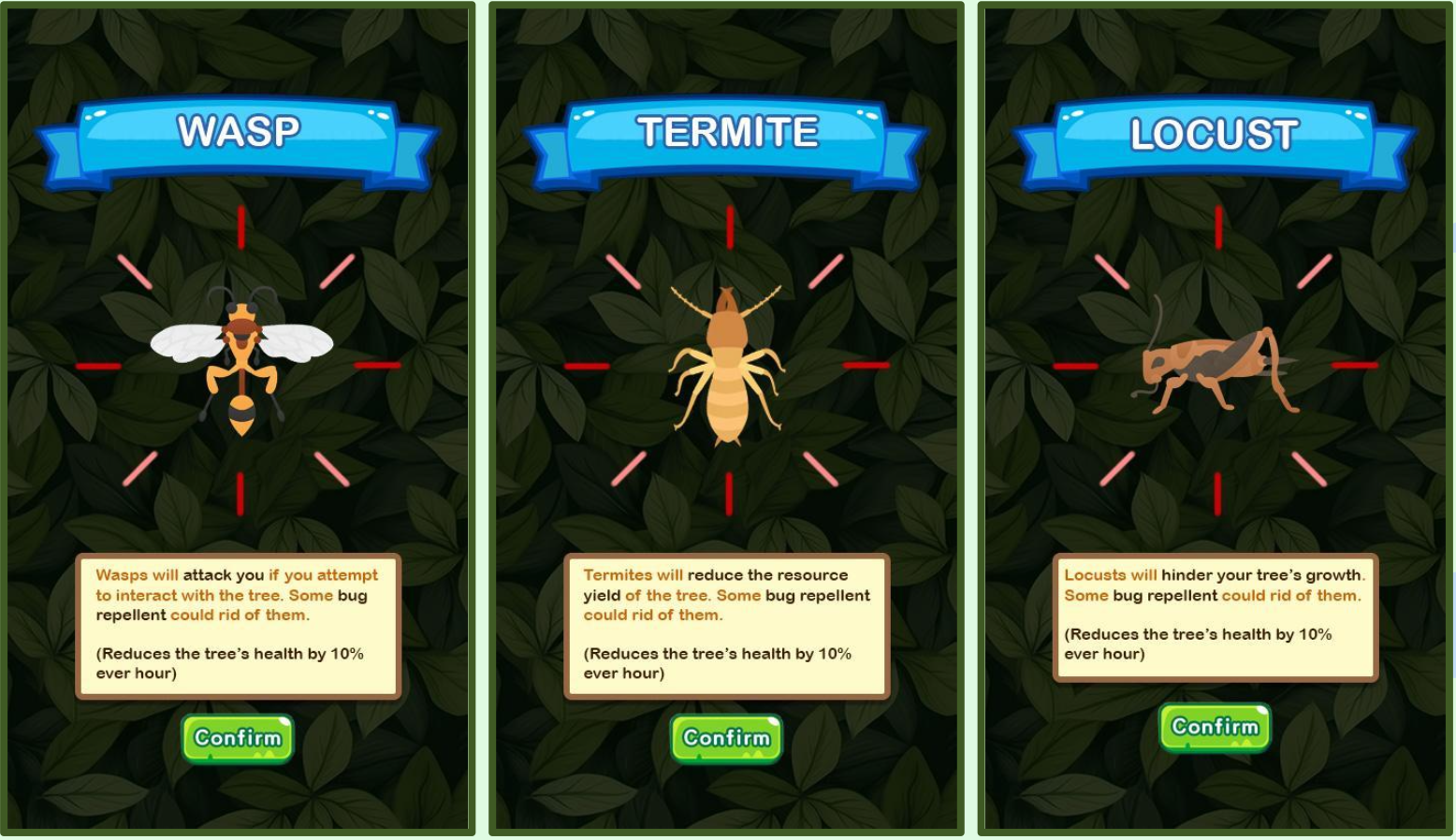
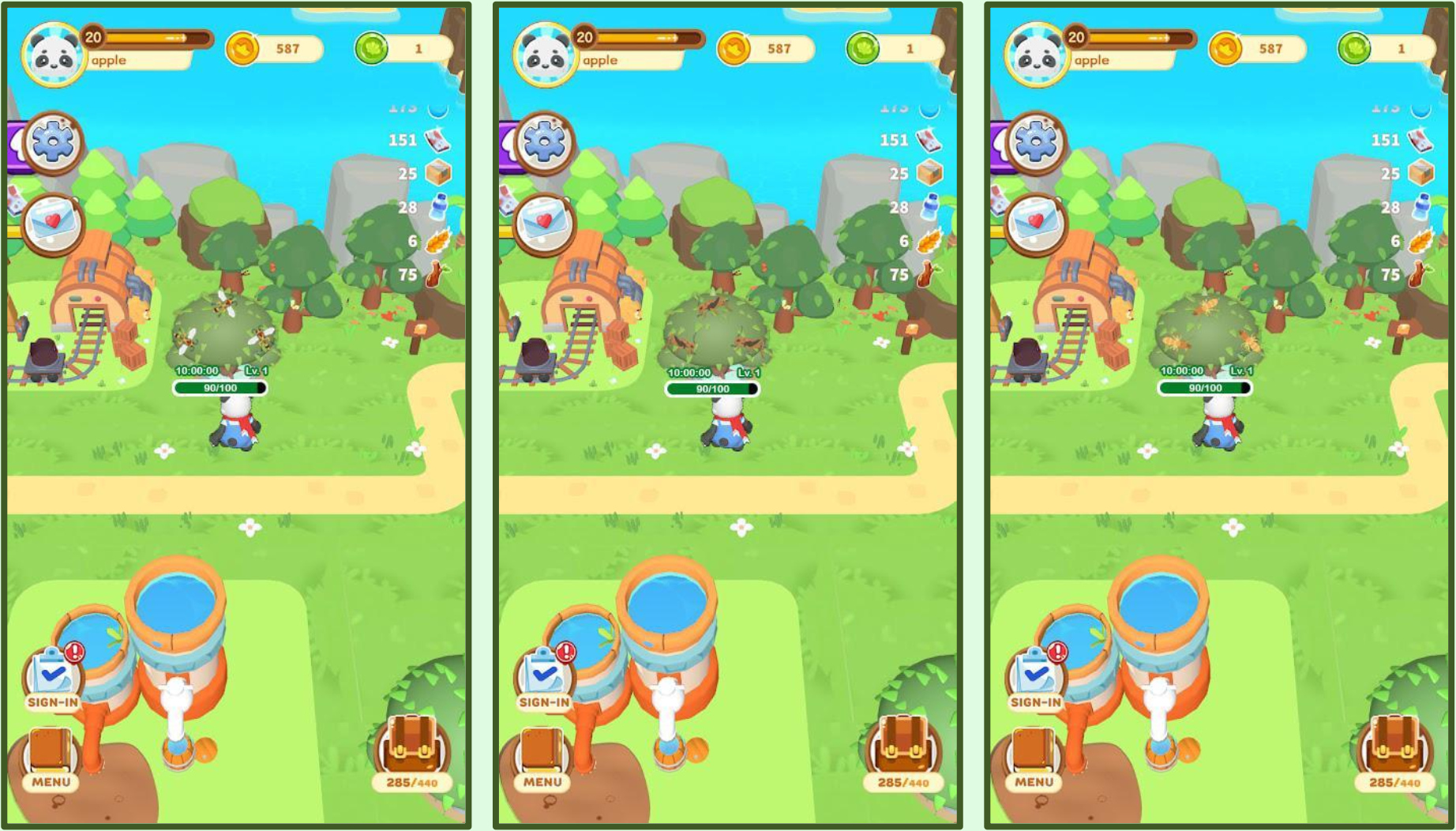
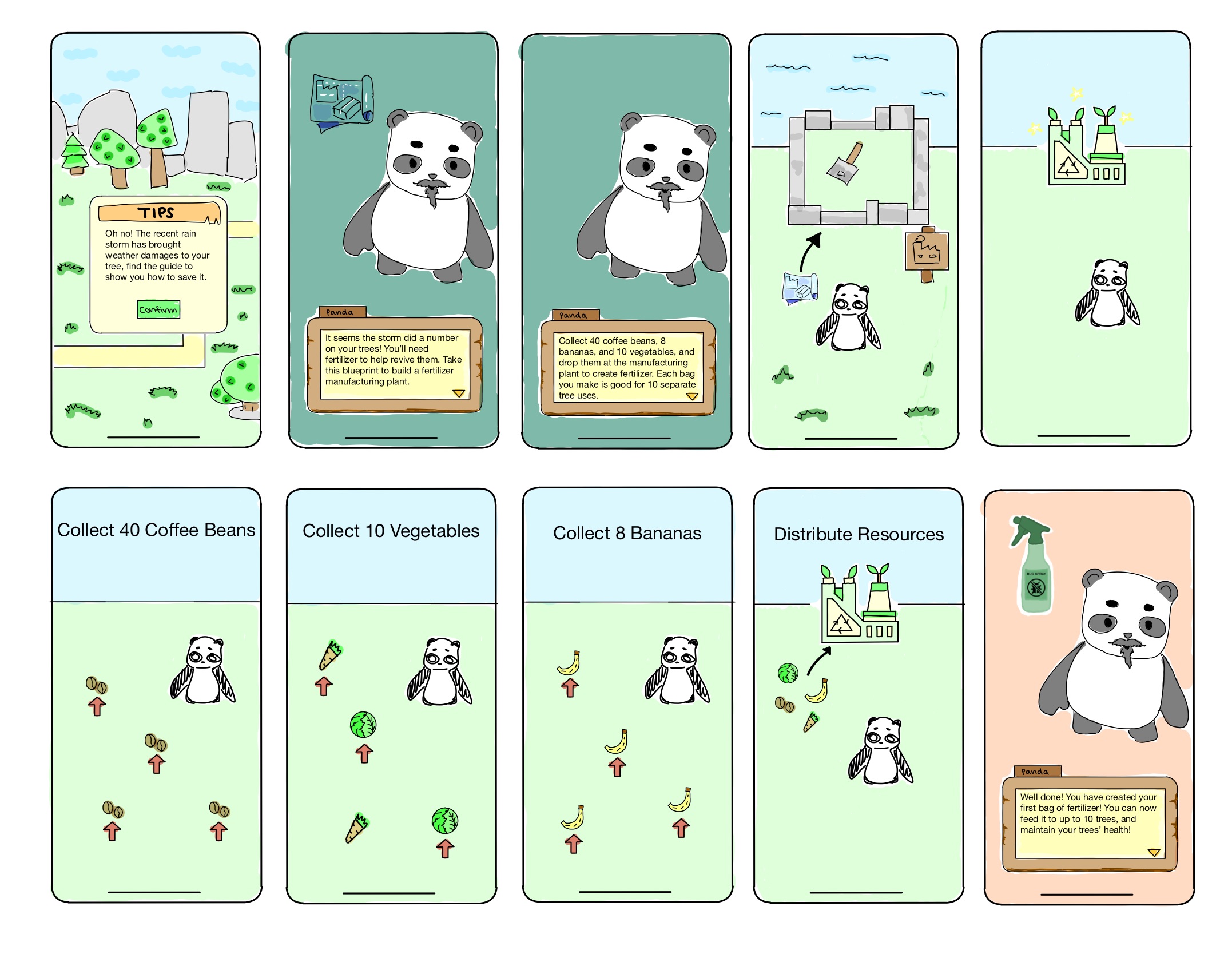
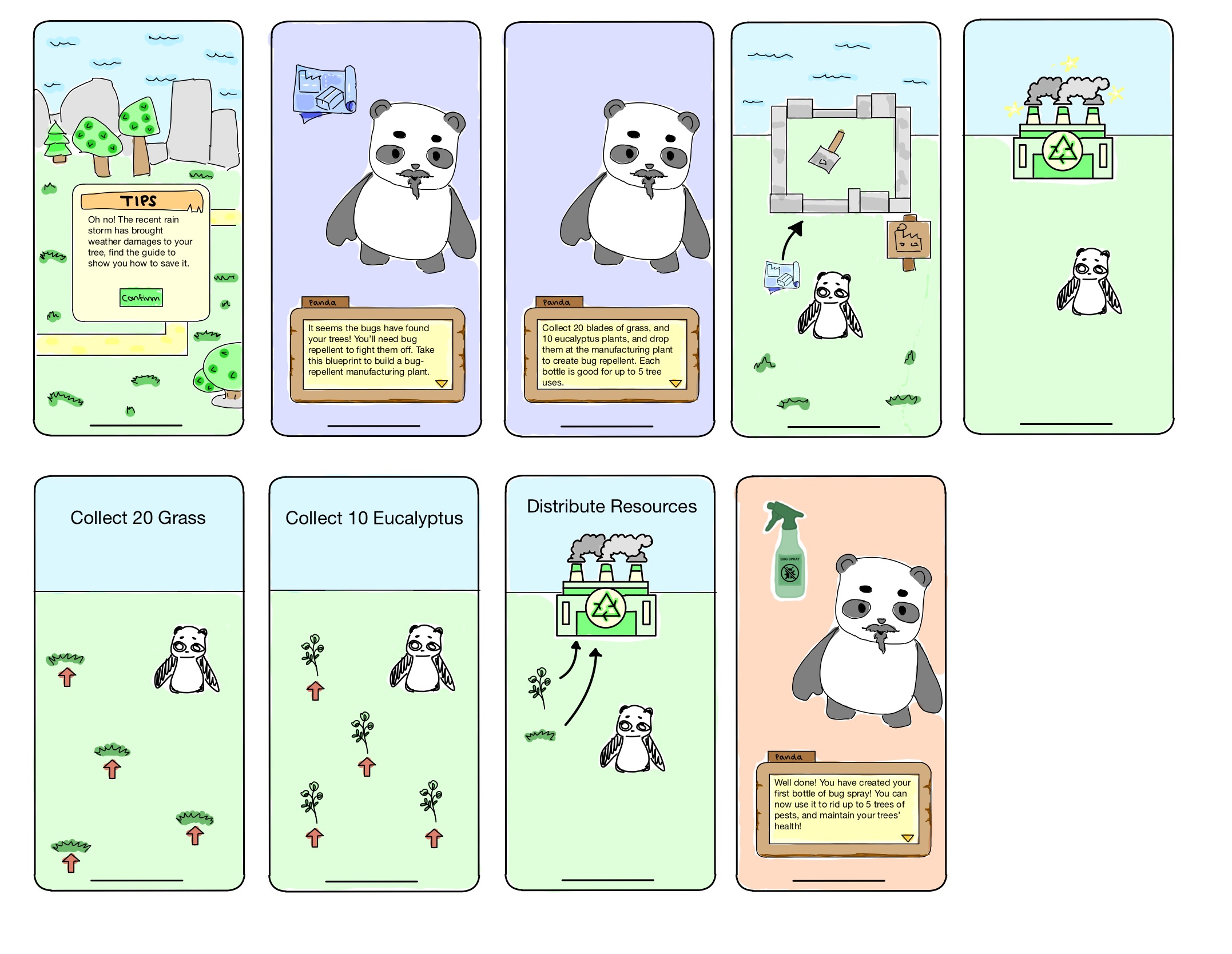
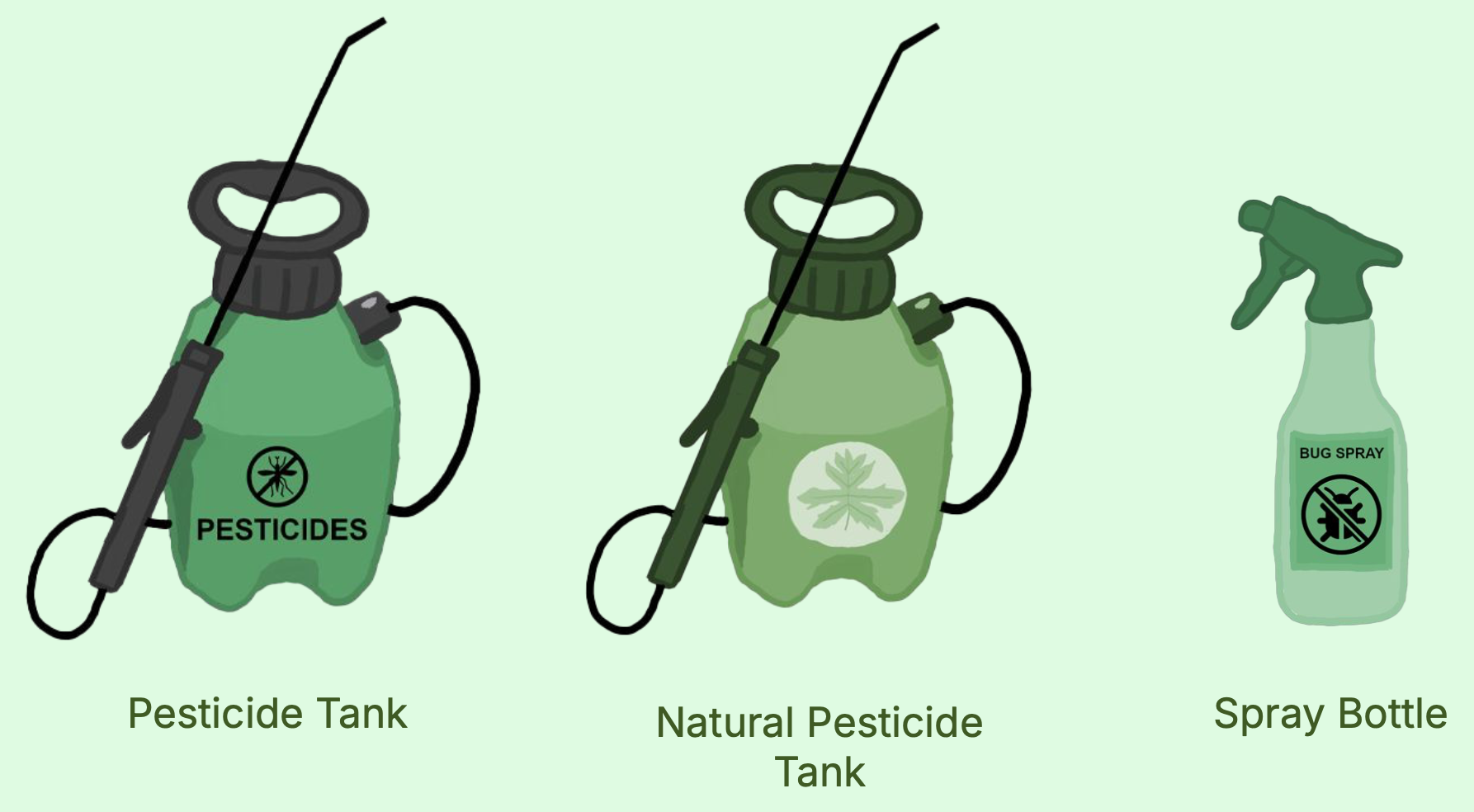
Analyze competitors and investor trends to inform
Tanbii's growth strategy and design improvements.
We first conducted comprehensive research on Pixels and Sunflower Land, focusing on their unique selling points, gameplay mechanics, and how they engaged their target audiences. Analyzed key features, such as the integration of personalized gameplay elements and eco-education themes, to understand what resonated most with their user bases.
Next, we evaluated their monetization strategies, including tokenomics, pricing models, and revenue streams, identifying approaches that could inspire enhancements to Tanbii’s monetization efforts.
Finally, we assessed user acquisition methods and community-building strategies, such as partnerships, onboarding experiences, and user retention techniques. This research provided actionable insights on how Tanbii could align its offerings with successful industry trends while differentiating itself through its unique ecological focus.
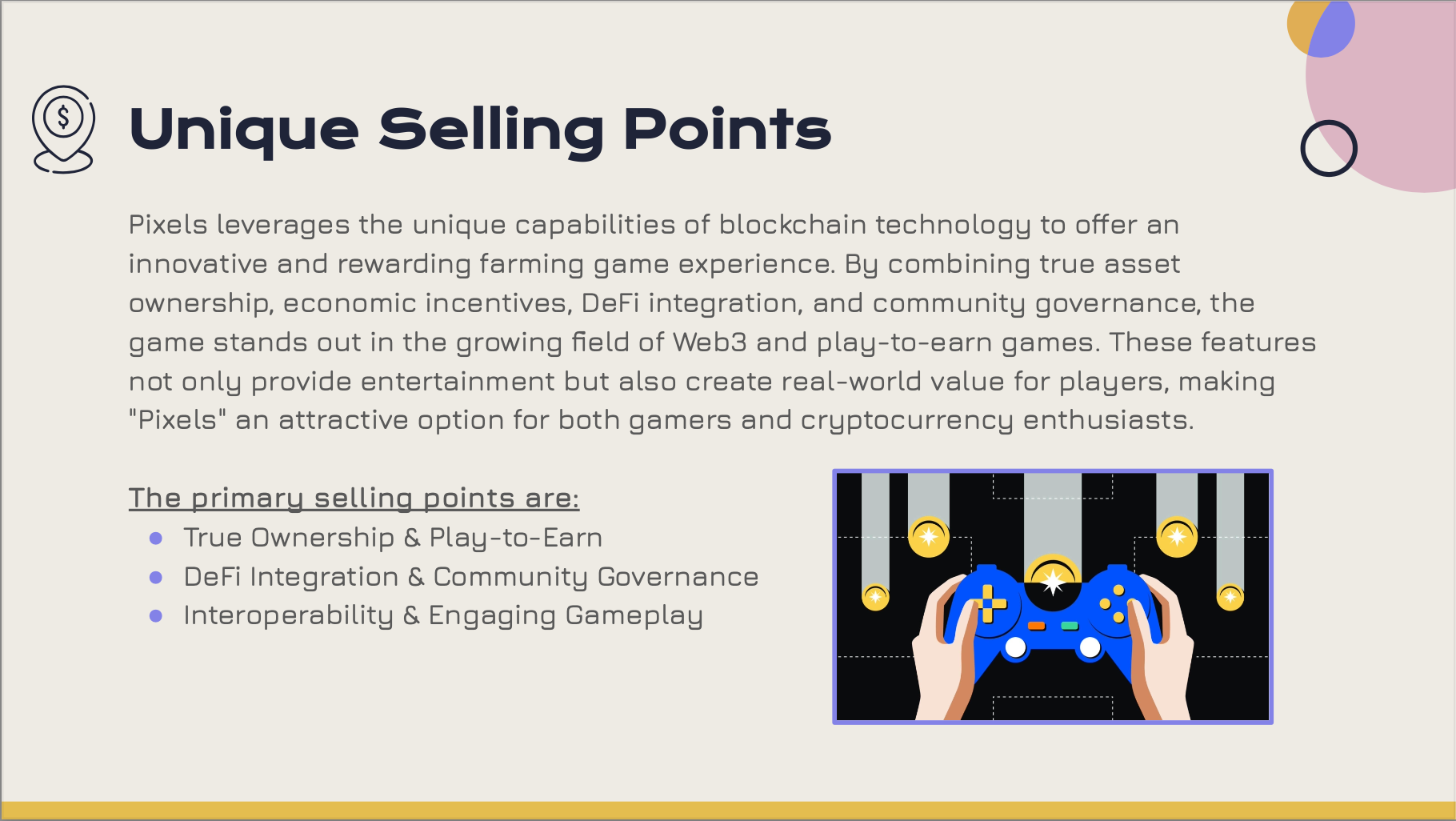
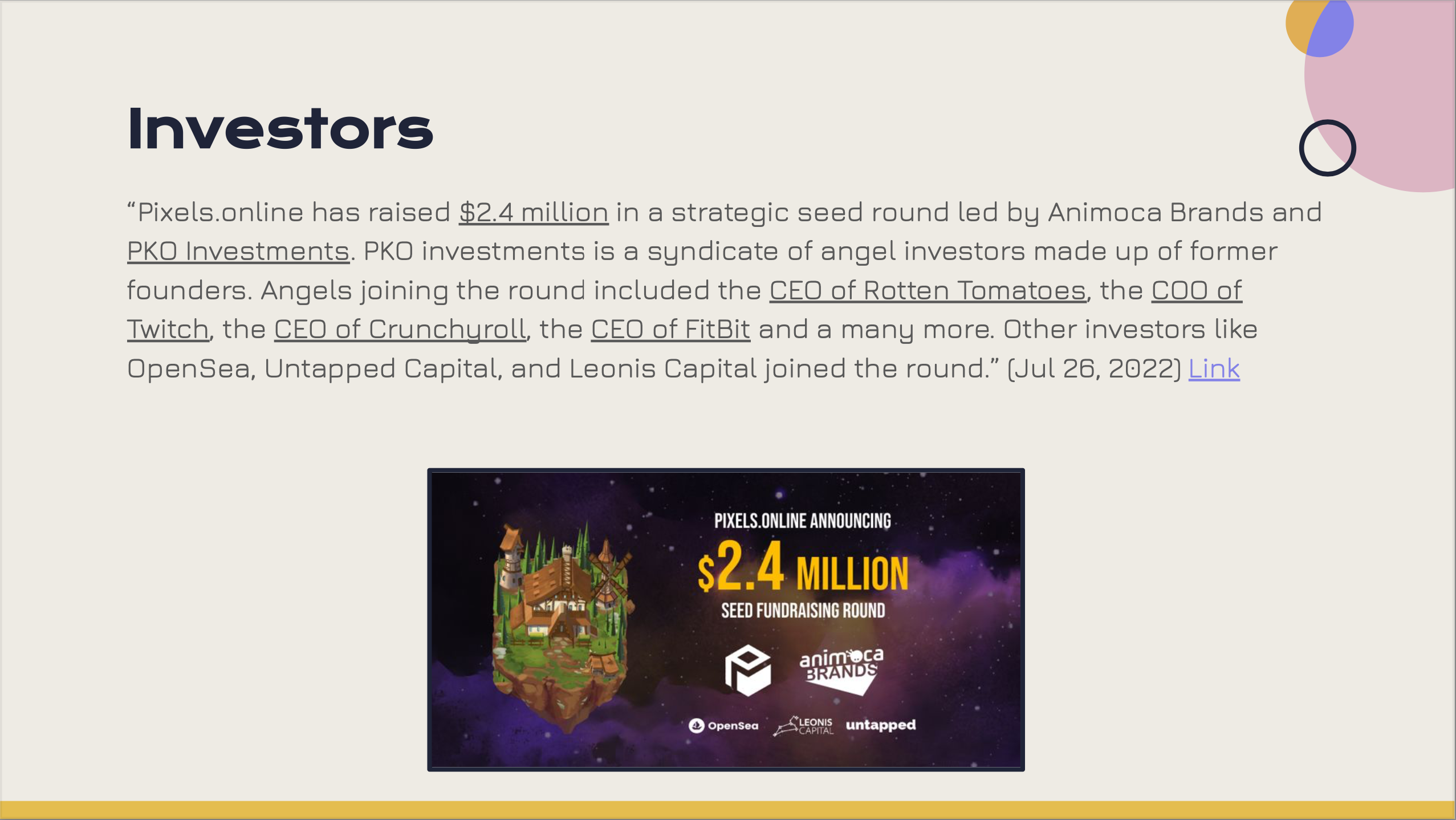
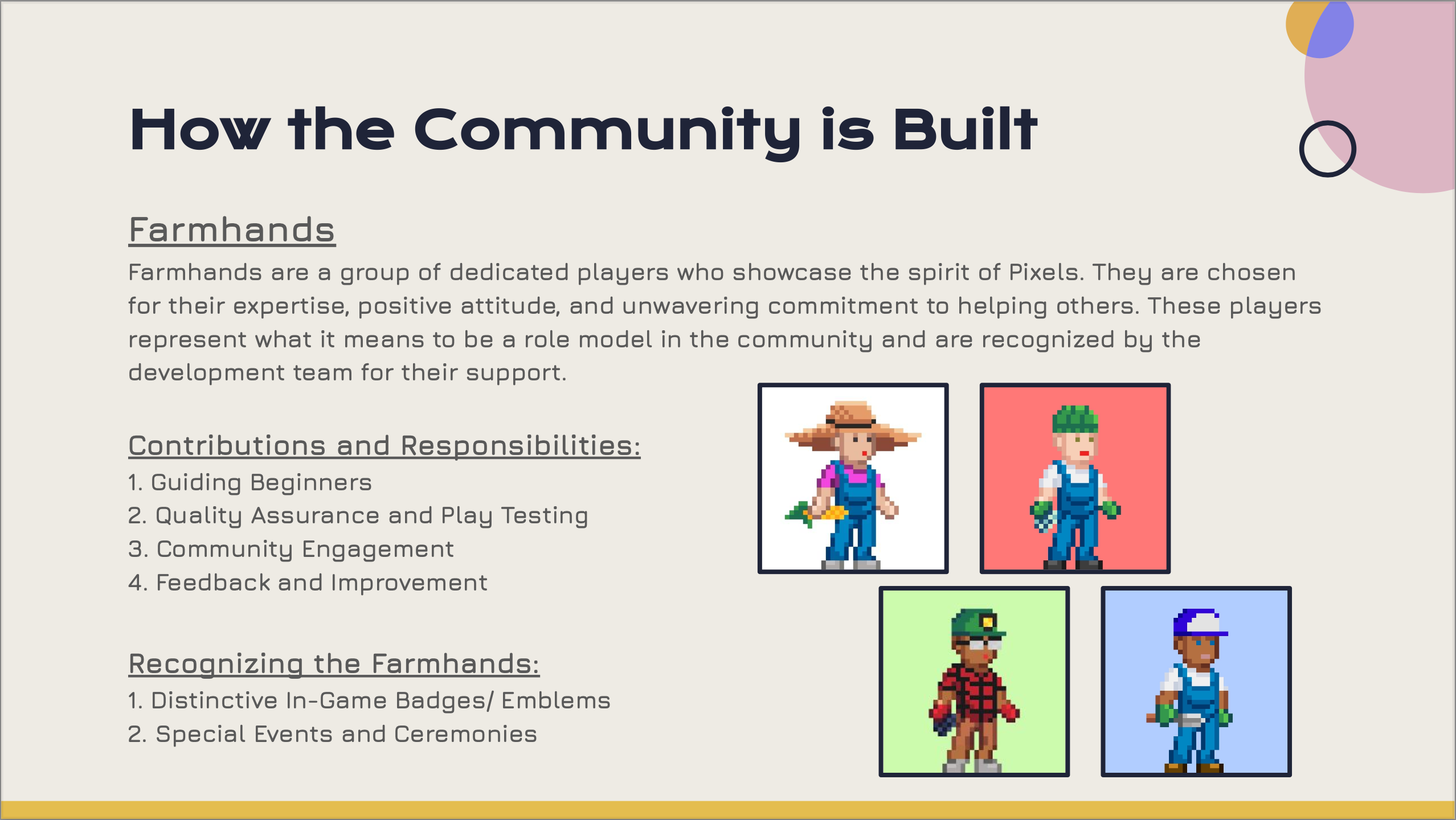
First, we analyzed a list of 30 investor companies, examining their investment focus, including preferred stages (seed, Series A, etc.), sectors of interest (technology, sustainability, gaming), and geographic priorities.
The second step of our market research consisted of researching portfolio companies and identifying commonalities among successful investments, such as trends in eco-conscious gaming or tech-driven sustainability solutions. We highlighted examples of high-performing companies that aligned with Tanbii’s mission to attract potential investors with a shared vision.
Finally we investigated recent funding trends, including average deal sizes and notable exits (e.g., IPOs, acquisitions), to inform strategies for pitching Tanbii as a strong candidate for investment.

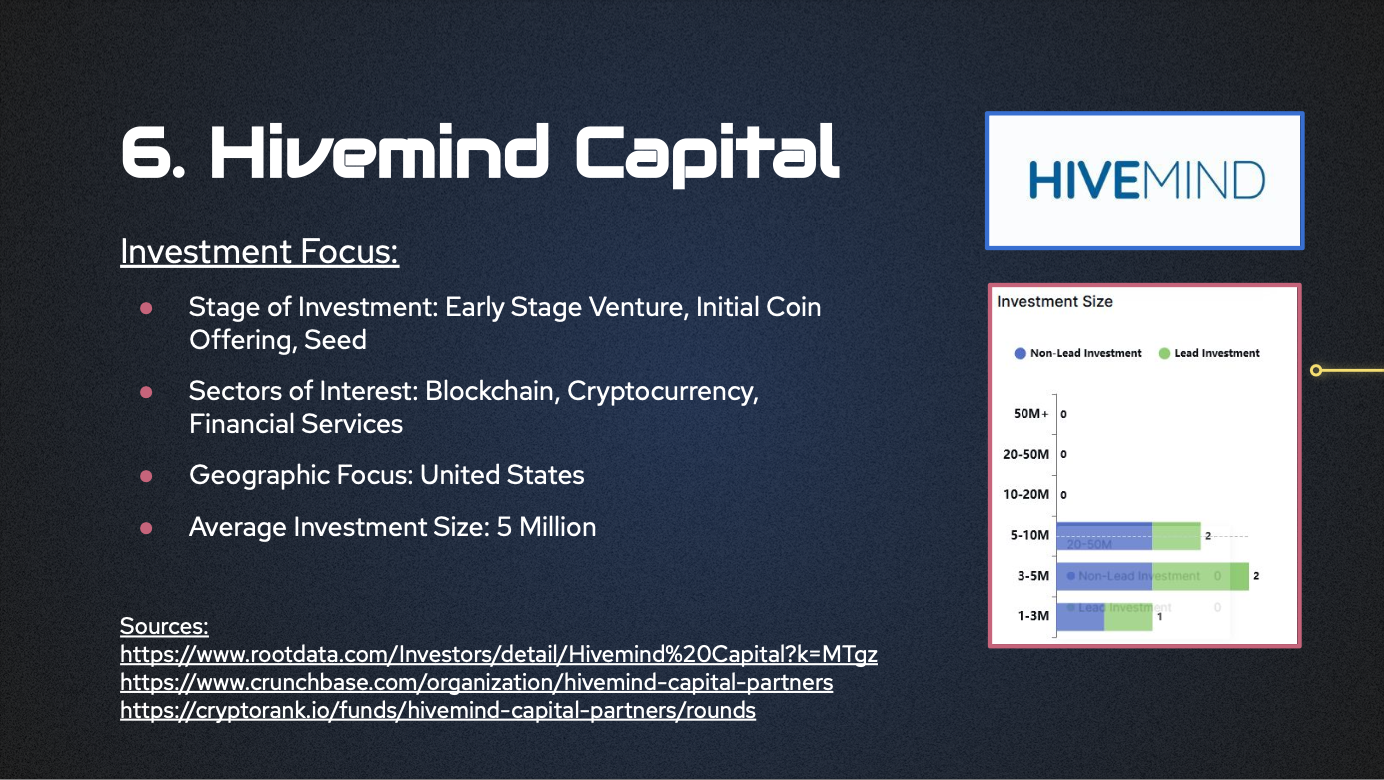
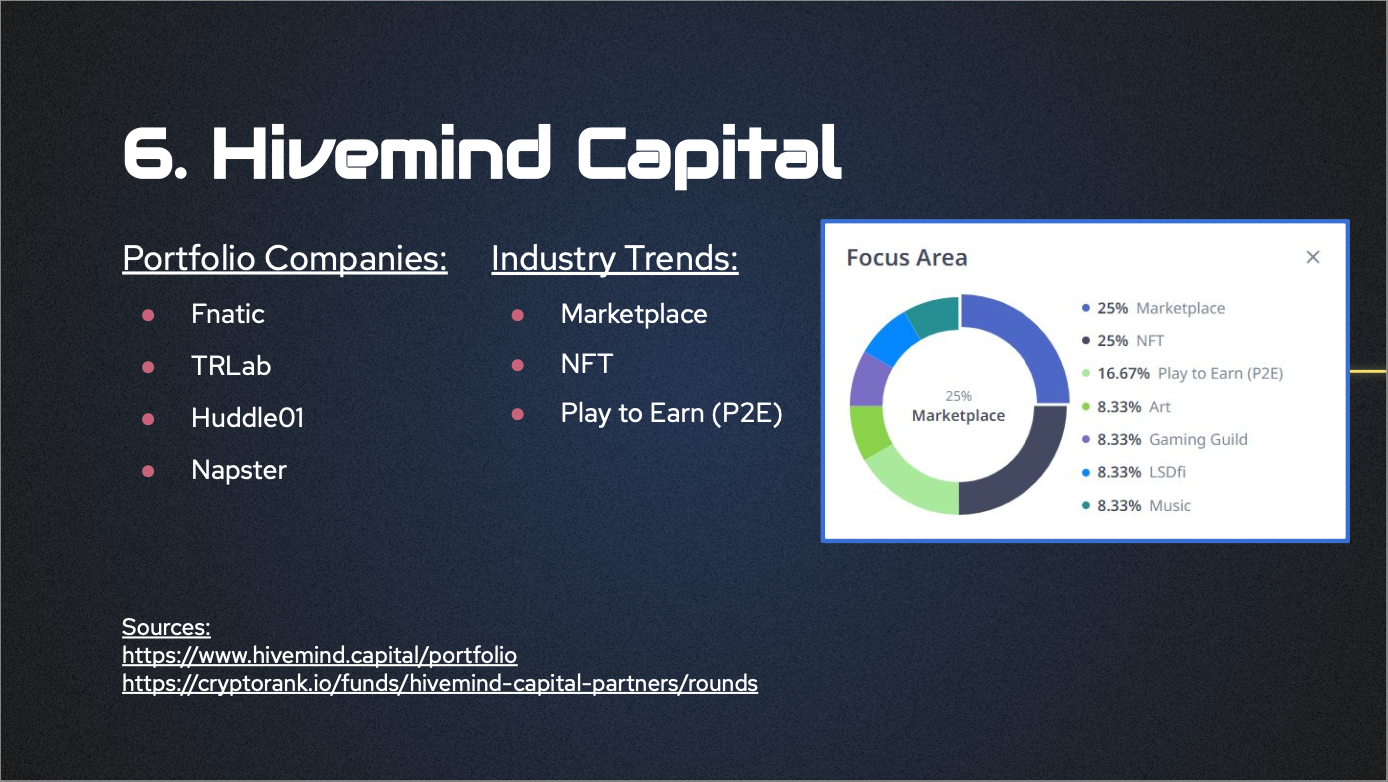
Develop seamless ad triggers that monetize Tanbii
effectively while maintaining a positive user experience.
During the research process, we conducted thorough research into ad integration strategies used by similar games, analyzing the effectiveness of video ads, banner ads, interstitial ads, and native ads in monetizing gameplay. We also studied how these ad formats were incorporated into different user interfaces to ensure minimal disruption to gameplay while still driving revenue.
We evaluated various ad placement and frequency strategies, identifying best practices for seamlessly integrating ads into Tanbii’s gameplay experience. For example, we examined how natural breaks in gameplay, such as after completing a level or during loading screens, could serve as effective moments for displaying interstitial ads without frustrating players.
Finally we researched user engagement trends and motivation for interacting with optional ads, such as rewarded video ads, to determine how to incentivize ad interactions while maintaining a positive user experience.
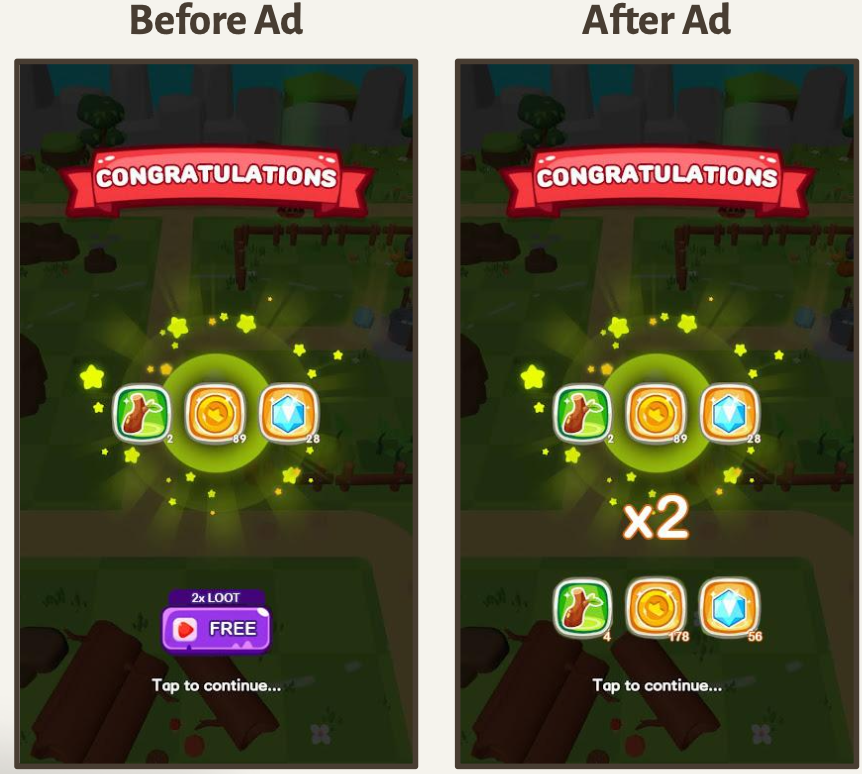
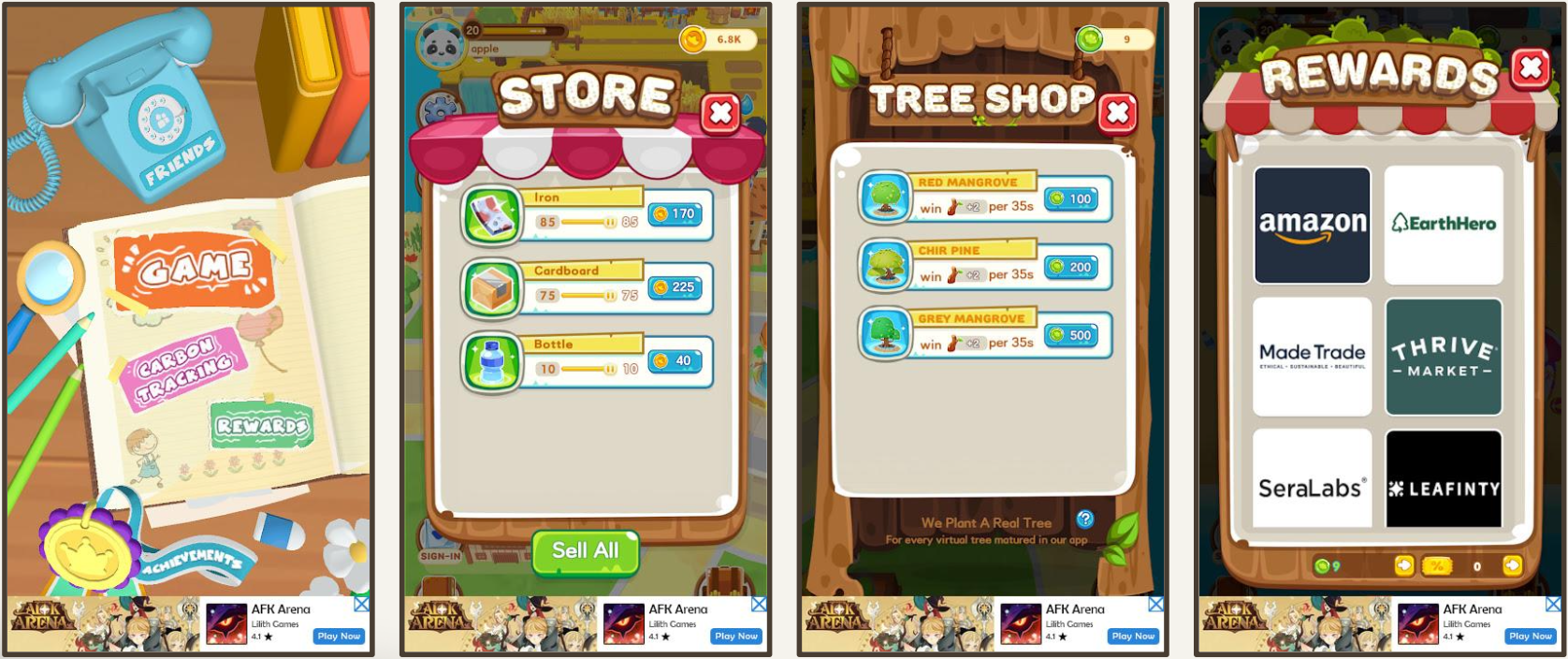
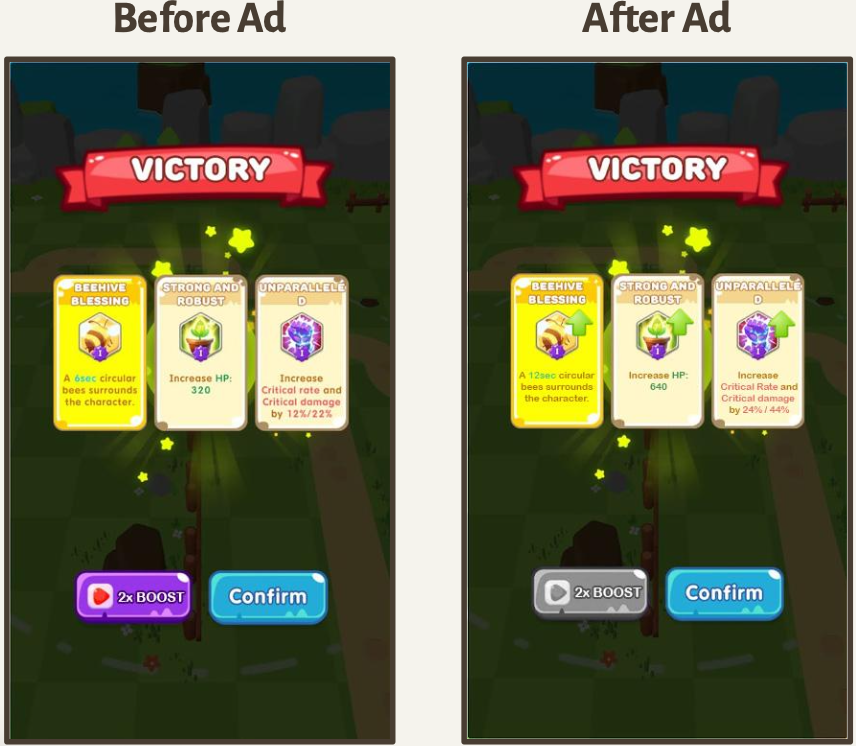
Over the course of this assignment we created user flows and prototypes for multiple ad trigger types, ensuring they would align with Tanbii's gameplay style and user-friendly design principles..
Rewarded Video Ads: For the rewarded video advertisements, we placed optional video ad triggers that clearly communicated rewrrds to players, such as in-game currency or exclusive items. We decided to limit the ad views to three videos per hour to prevent overuse and maintain player satisfaction.
Interstitial Ads: The placement of interstitial ads was strategic and intentional, usually during natural gameplay transitions, such as level completions or gam-over screens after battles. We assigned a skip option after five seconds to these advertisements in order to minimize the amount of disruption and intrusiveness from the game itself.
Banner Ads: We integrated non-intrusive banner advertisements into static interface elements, such as the main menu or in-game store, to ensure they complemented the overall design without interfering too much with gameplay.
Overall, we prioritized seamless integration, ensuring all advertisement trigger types adhered to two main design principles: One being clear communication, ensuring players knew when and why an ad would appear. The second being reward transparency, which entailed explicit descriptions of rewards for watching the optional ads.


My internship at Tanbii allowed me to combine creative design with strategic analysis, creating an impact in both user engagement and game monetization. Designing assets and interfaces taught me how to balance functionality and aesthetics, while market research honed my ability to identify trends and develop actionable insights. Conducting market research sharpened my analytical skills and taught me how to identify trends, assess competitor strategies, and translate findings into actionable insights. The ad trigger development challenged me to think critically about user experience and revenue strategies, ensuring that gameplay remained enjoyable while meeting business objectives.
One of the more challenging aspects of my internship with Tanbii was developing the advertisement triggers. This project pushed me to think critically about how to seamlessly integrate ads into gameplay without disrupting the user experience. Designing ad triggers that balanced monetization goals with user satisfaction required a nuanced approach, where every element—from placement and frequency to reward transparency—was carefully considered.
Working at Tanbii taught me that the integration of creative design and data-driven research is crucial for developing impactful, user-focused solutions. Above all, I learned the value of collaboration and iteration in refining ideas, adapting to feedback, and achieving project goals. This experience not only strengthened my ability to approach design challenges with creativity and strategy but also reaffirmed my passion for creating meaningful, user-centered solutions that align with larger goals—whether they’re environmental, educational, or experiential.